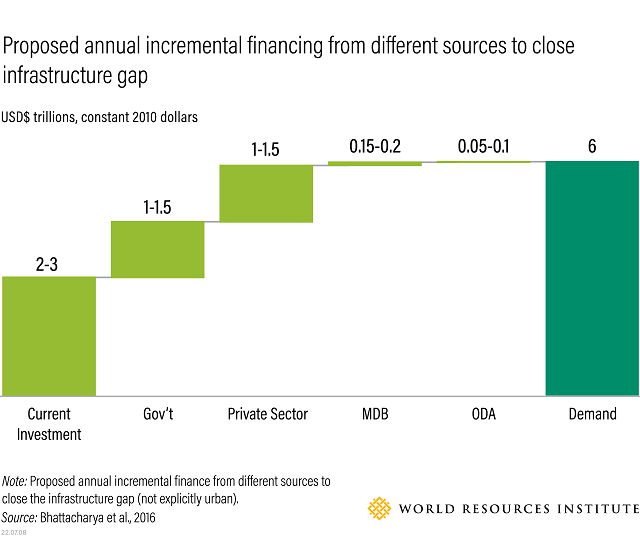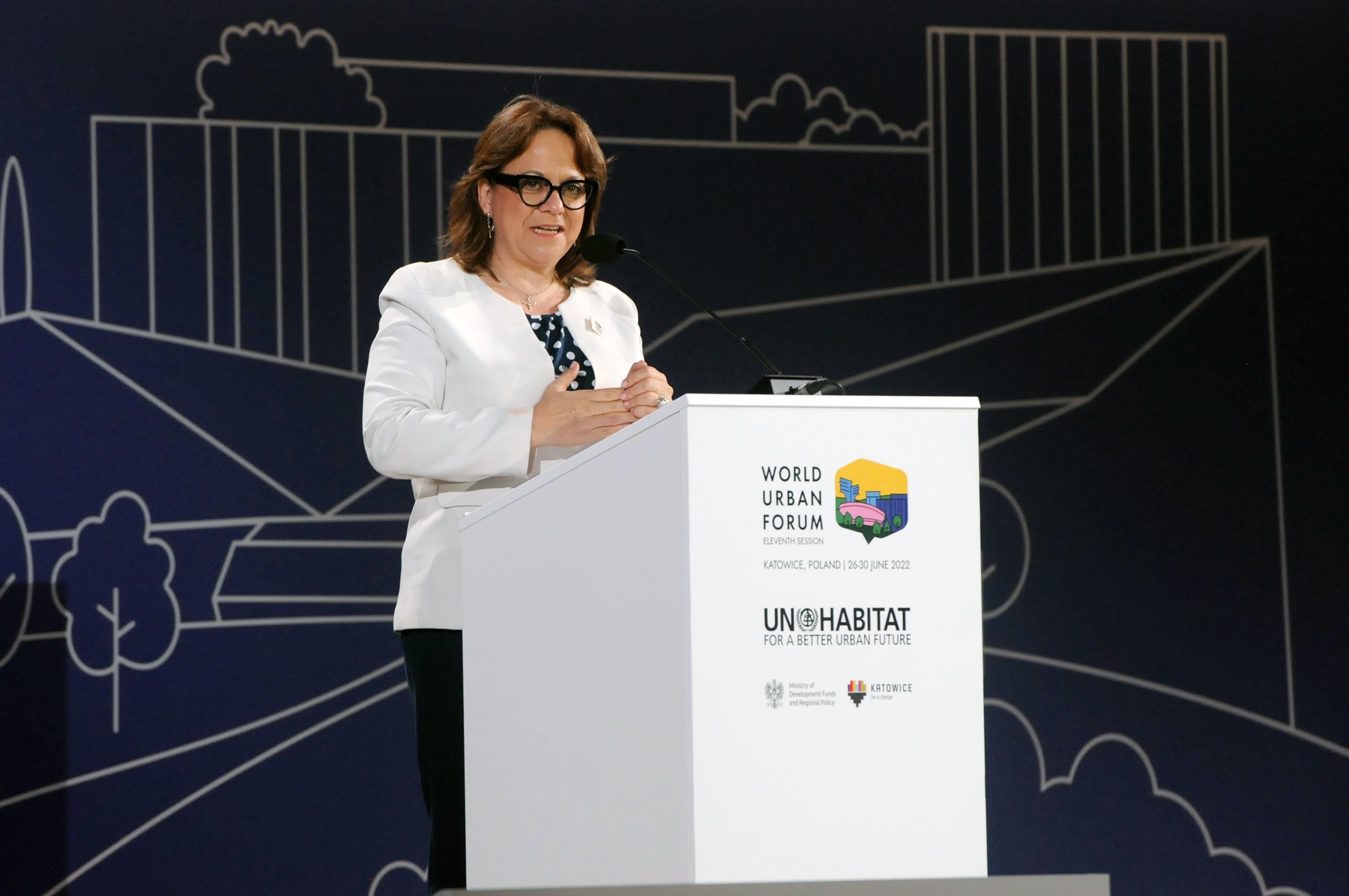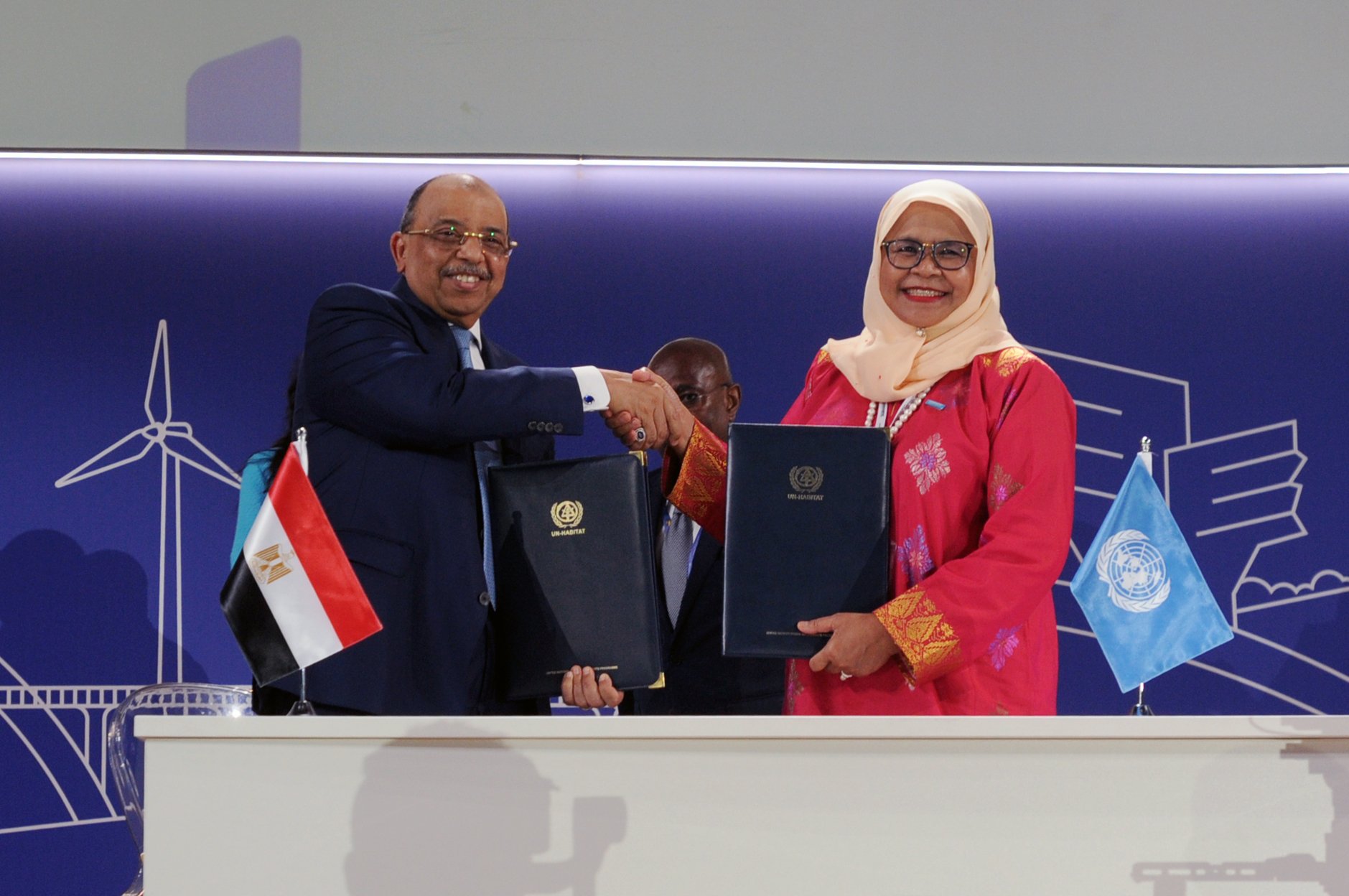UNDP will expand its work in Afghanistan to Jalalabad, building on a joint initiative with UNHCR to provide for humanitarian needs, ensuring basic services and keeping the economy functioning inside the country. The UNDP partnership with UNHCR combines humanitarian with development programming, including from the onset of crises, such as when an earthquake struck in June, killing 1,150 people.
A glimmer of hope for women entrepreneurs in Afghanistan
Originally published on 18 August 2022 by UNDP
Authors:
- FRANCISCO SANTOS-JARA PADRON, UNDP Bangkok Regional Human Mobility Team
- GEORGE MAY, UNDP Bangkok Regional Human Mobility Team
Photo by UNDP Afghanistan/Haroon Hamdard: A worker in a garment factory, which employs 120 people in Herat, Afghanistan.
Torkham is a major border point between Pakistan and Afghanistan. In previous years, the crossing saw Afghan refugees on their return journey home. Now the traffic is in the other direction, with people leaving behind an unfolding humanitarian crisis. In the Afghan city of Jalalabad, 65 kilometres away, the needs are apparent. Community elders in the rural Behsud district say that droughts have caused harvests to fail. Joblessness is the reality for most of their families. People lack money to cover their day-to-day expenses, such as food and medicine.
More than 24 million people in Afghanistan require humanitarian assistance. Forty years of war, recurrent environmental disasters, COVID-19 and political upheaval have left the country facing almost universal poverty. A staggering 95 percent of Afghans are not getting enough to eat, with that number rising to almost 100 percent in female-headed households. Acute malnutrition rates in 28 out of 34 provinces are high, with more than 3.5 million children in need of treatment.
Afghans must be supported to meet basic needs, to be delivered as part of a strategy that can build their resilience, harness strengths, and set new paths from merely surviving to thriving. Behsud’s elders say they need humanitarian aid, but infrastructure that can create livelihoods is their priority. They want canals for irrigation, seeds for drought-resistant crops, and training on farming techniques. With these measures in place, communities would be equipped to meet market demands in neighbouring Pakistan and adapt to climate change. Without this support, however, the elders are deeply concerned that those with the opportunity will leave Afghanistan.
Photo by UNDP Afghanistan/Haroon Hamdard: Behsud’s elders say they need humanitarian aid, but infrastructure that can create livelihoods is their priority.
A vision of future prosperity from Herat
Herat is the largest city in western Afghanistan, home to some 400,000 people. Humanitarian need spans the entire province, but in the city the seeds of recovery are being sown. The ingenuity of entrepreneurs, especially women, is inspiring confidence for a self-reliant future.
When Zahra returned from Iran in 2024, she started making high-quality traditional clothing for sale in Herat’s markets. She now employs 15 women producing specialist garments for use in healthcare, winter coats for China, and delicate embroidery for Kabul. “I want my business to grow so I can give more women the opportunity to work, gain skills, and support their families,” she said.
Bassgull and Ali Reza are an entrepreneurial power couple. A hundred and twenty women and men work side by side in their factory to produce winter wear for export, face masks to protect people from COVID-19, and socks and undergarments for sale within Afghanistan. “We need new machinery to reduce dependency on imported fabrics,” said Bassgull. With this equipment, they will be able to provide 20 more jobs.
Zahra, Bassgull, and Ali are among those driving recovery in Herat. They want to expand, but cannot entirely cover the costs from savings. UNDP and UNHCR are helping them bridge the gap. It’s part of the joint UNDP and UNHCR community resilience programme, aimed at creating jobs and market-driven, scalable businesses, and rehabilitating productive infrastructure.
Photo by UNDP Afghanistan/Haroon Hamdard: Zahra, (second from right) a Herat entrepreneur meets with UNDP's Francisco Santos-Jara Padron (left) and George May (second from left) from the Bangkok Regional Human Mobility Team. UNDP and UNHCR support her plans to expand her business.
Herat’s business people, NGOs, the Women’s Chamber of Commerce, and the Community Development Council imagine a future of prosperity for the city. They have plans for advanced food processing reaching out into rural areas, the manufacturing of clothing for international markets, graduate engineers equipped with skills in computer-aided design, tech-savvy young women and men providing services for a recovering national businesses, and Afghans flocking to the historic renovated city centre.
While the ingenuity of entrepreneurs inspires hope, the lack of critical infrastructure is a significant barrier. Through the ABADEI programme, UNDP is working to address those gaps by providing immediate livelihoods to community members. The UNDP-UNHCR joint community resilience programme also addresses the needs of basic community infrastructure. The solarization of a women’s business centre in Herat will provide a space for women to work, network and access markets and skills online.
The communities of Herat are working on pathways toward sustainable economic development. Together, UNDP and UNHCR are supporting their aspirations for self-reliance and prosperity. The joint programme is one example of how the UN family works with local partners and communities to put women’s economic empowerment at the heart of sustainable value chains.
Afghanistan remains a country in crisis, where even stability seems a long way off. Nevertheless, women and men are taking steps towards recovery and prosperity through entrepreneurship. Of course, challenges remain when working on women’s economic empowerment in the current political situation. The international community must step up to support those women pursuing economic empowerment for themselves and their peers with creativity and courage.
Retrieved from https://www.undp.org/stories/glimmer-hope-women-entrepreneurs-afghanistan




